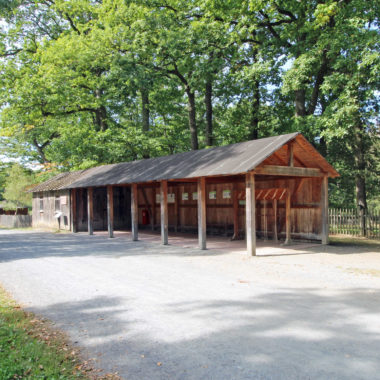
Rope Makers
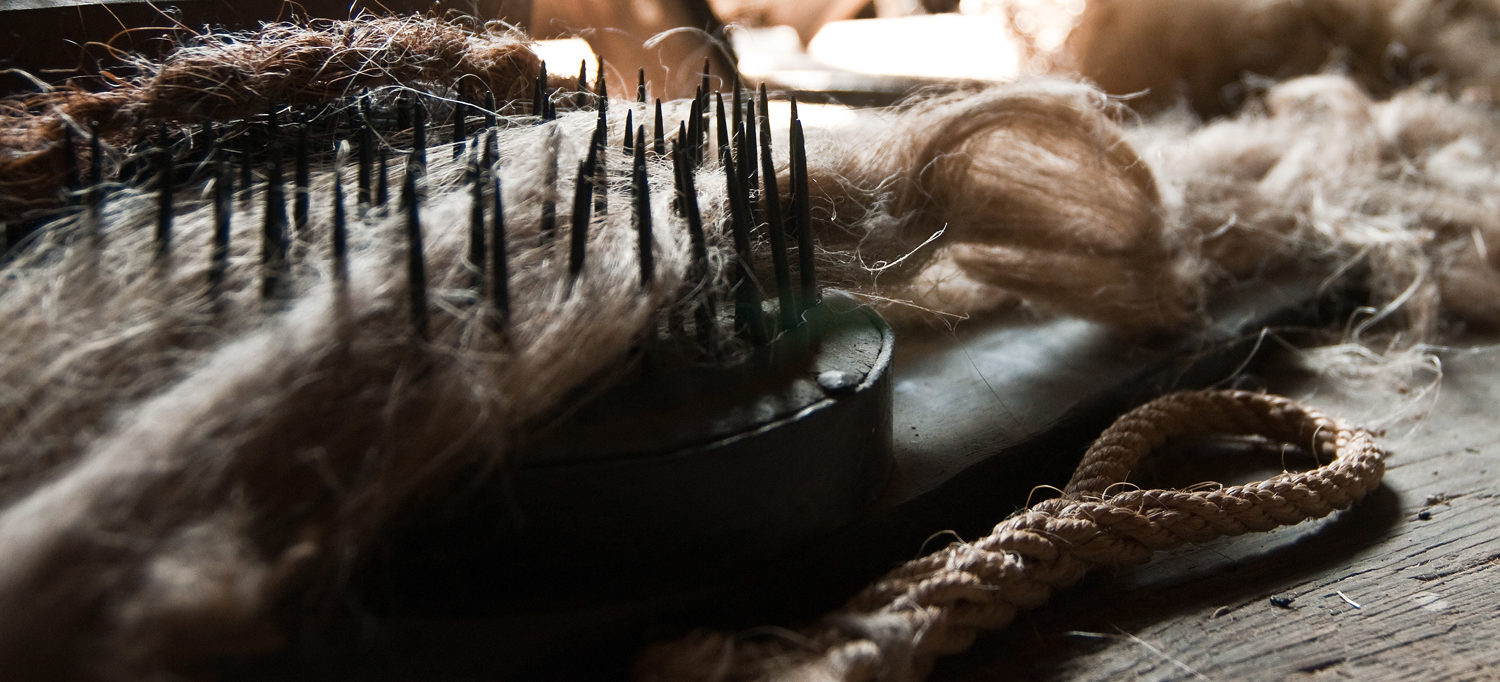
Rope makers made string, twine, cord and rope from hemp and, to a lesser degree, flax. Using a roper’s wheel, the roper twisted individual fibres into a thread, very similar to spinning. Several of these threads were then spun into a string or strand, again with the aid of the roper’s wheel. An assistant was necessary to set the wheel in motion. Depending on thickness or durability, the rope maker’s products were designated threads, strings, lines or ropes. The thicker ropes contain the so-called Seele (soul), the core yarn running through the centre which increases the rope’s tear-resistance. Self-sufficient farmers in the countryside used simple devices to twist straw into rope for their own use. Rope making as a specialized trade organized in guilds existed as early as the Middle Ages, especially in towns. While common rope makers served the local markets with their products, such as field string, hay rope, bell rope, scaffolding rope, clothes line, draught rope, coiled line, pulley rope and transmission lines made of wire, hemp and leather, dedicated naval rope makers, known as Reepschläger in German, made ropes for navigation and export.

Mit dem Laden des Videos akzeptieren Sie die Datenschutzerklärung von YouTube.
Mehr erfahren
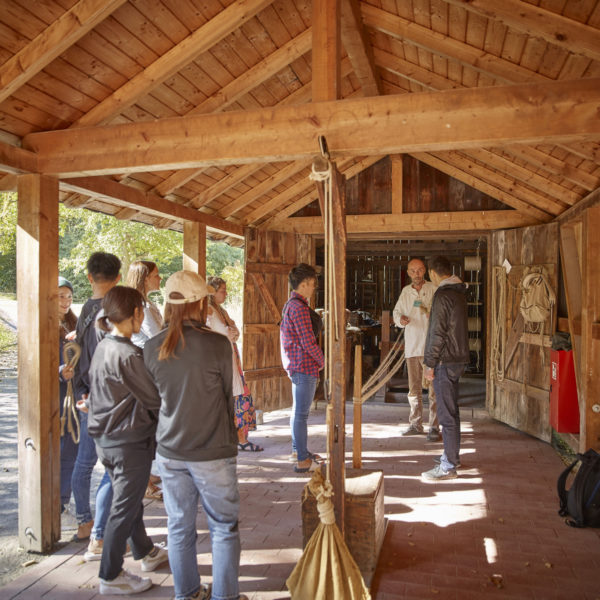
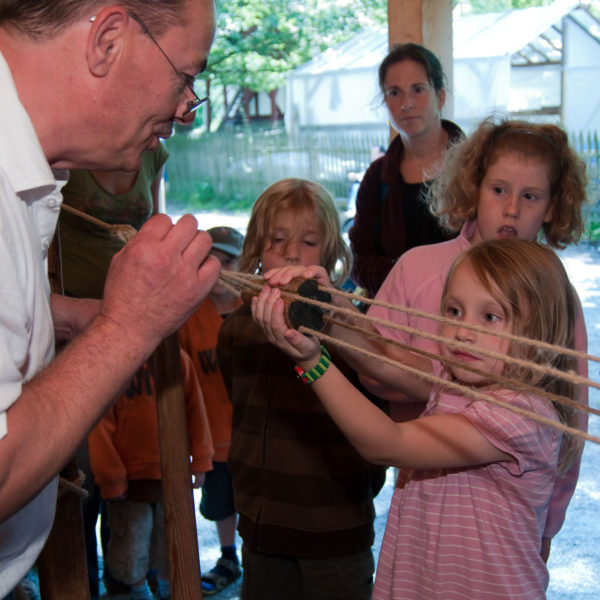
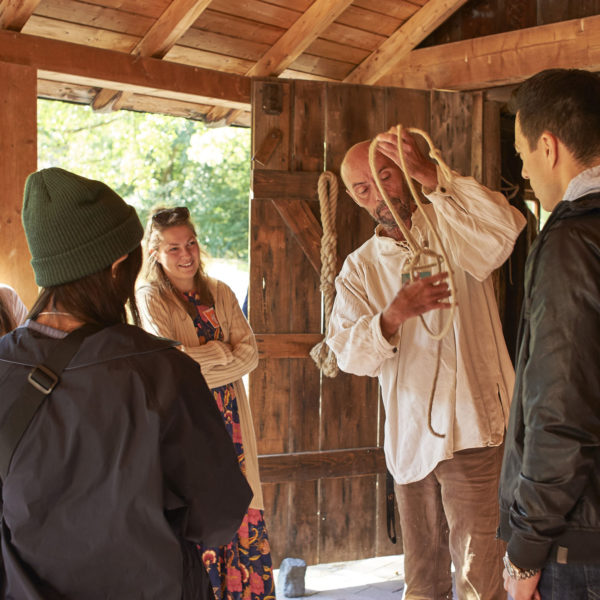

Mit dem Laden der Karte akzeptieren Sie die Datenschutzerklärung von Google.
Mehr erfahren
More links





